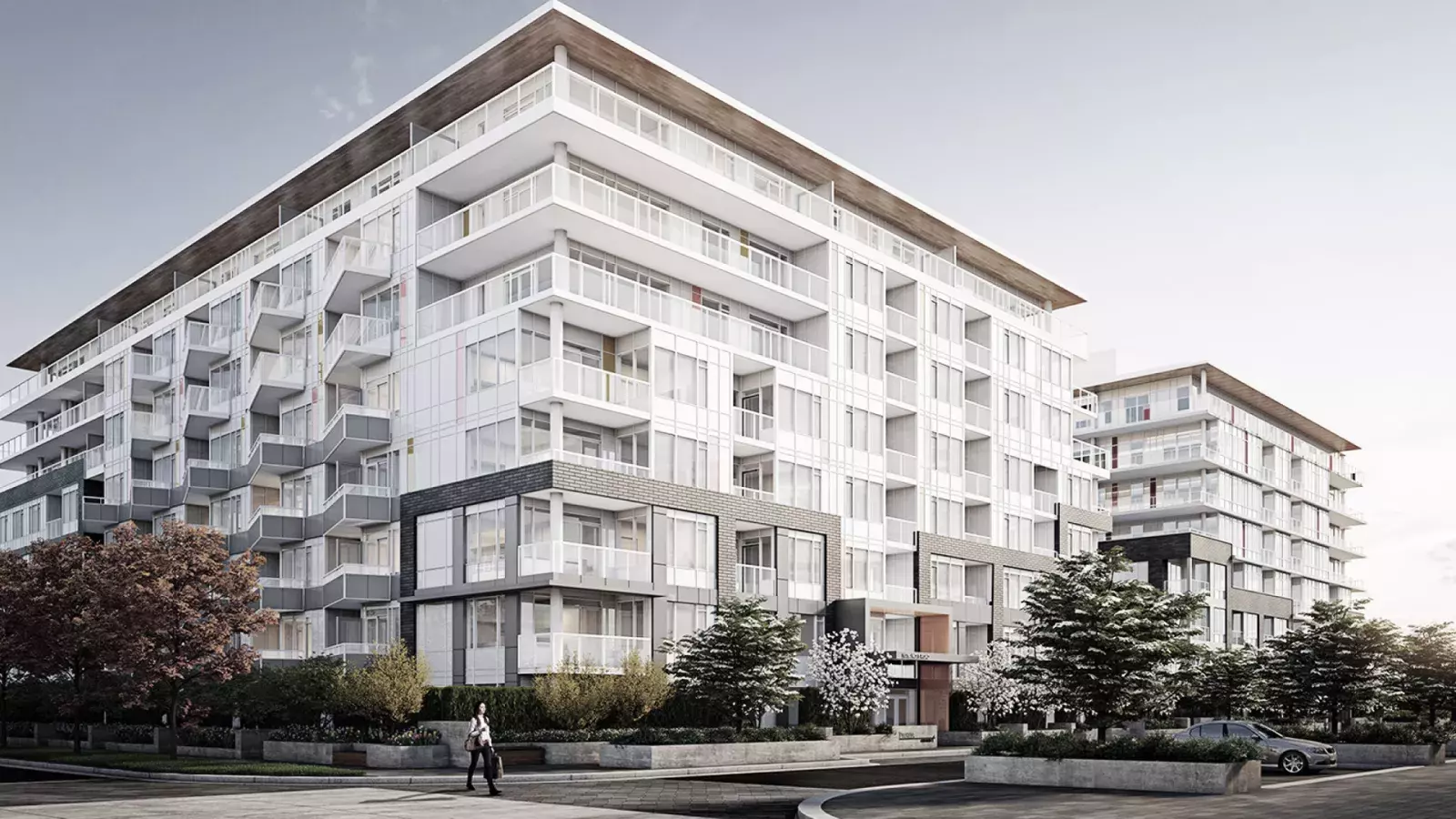Pre-sale home purchases are an affordable and practical option for those looking to enter the market as first-time buyers or to purchase an investment property. When buying a pre-sale home, the developer will usually request a pre-sale deposit. This deposit secures the property purchase until the building is complete and the new owner is able to take possession. Understanding what the deposit entails and how it is structured is a crucial piece of purchasing a pre-sale home. Here is an overview of information prospective pre-sale homebuyers should take into consideration and be aware of when it comes to the deposit they will be asked to provide.
Deposit structures explained
When purchasing a pre-sale home, you will be asked for a deposit upfront. Instead of having to pay an upfront sum in the form of a down payment, as is usual for re-sale home purchases, a deposit is made up of a few comparatively small amounts that are paid on an established schedule.
Pre-sale homebuyers can expect to pay a total of 15% to 25% of the purchase price, paid in installments at pre-determined stages. These funds do not typically go to the developer but are instead kept securely in a trust account controlled by the developer’s lawyers or brokerage until construction is completed. This offers protection for the buyer: should any major issues arise that prevent the completion of the project, the deposit is returned to the purchaser.
Payment schedules
Most deposits are structured in a graduated deposit structure, which is an installment payment schedule. However, not all deposit payments follow the same schedule and amount breakdown. Different developers may use individualized structures according to what is best for the seller and the purchaser. A common deposit schedule may look something like this:
- $1000 due at offer
- 10% of purchase price due following seven-day rescission period
- 5% of purchase price due at the 12-month mark
- 5% of purchase price due at the 18-month mark
The developer will request the first payment upon writing a sale offer. When this first payment is made, a seven-day rescission period begins. This recission period is a safeguard for anyone purchasing a pre-sale home. For seven days, the home is secured under contract while the purchaser has an opportunity to execute due diligence, secure financing, and double-check all details before finalizing their purchase. As the purchaser, you have the right to withdraw the purchase at any time during those seven days and walk away penalty-free.
Following the seven days, you will be expected to pay another installation at a pre-established percentage of the purchase price. To fulfill the rest of the deposit structure, one or two additional pre-determined payments will be due on a calendar schedule. Homebuyers should look to their realtor to discuss the specifics of each pre-sale’s deposit schedule and structure.
Deposit structures and your mortgage
It’s important to note that the pre-sale deposit does not necessarily negate the need for a down payment. Paying a deposit to the developer and paying a down payment to qualify for a mortgage loan can be two unrelated pieces, as a mortgage lender may request additional funds outside of the pre-sale deposit. Pre-sale purchasing can require different budgeting than resale homes. The good news is, when purchasing a pre-sale, mortgage payments do not begin until the building is complete and the new owner can take possession.
Because deposit payments vary in their structure and schedule, understanding the terms and timelines of your pre-sale purchase is critical. Ensure your realtor, agency or developer will notify you when key payments are due and that your calendar is set to remind you. For more in-depth information about deposit structures, look to your realtor to discuss your options and opportunities.



